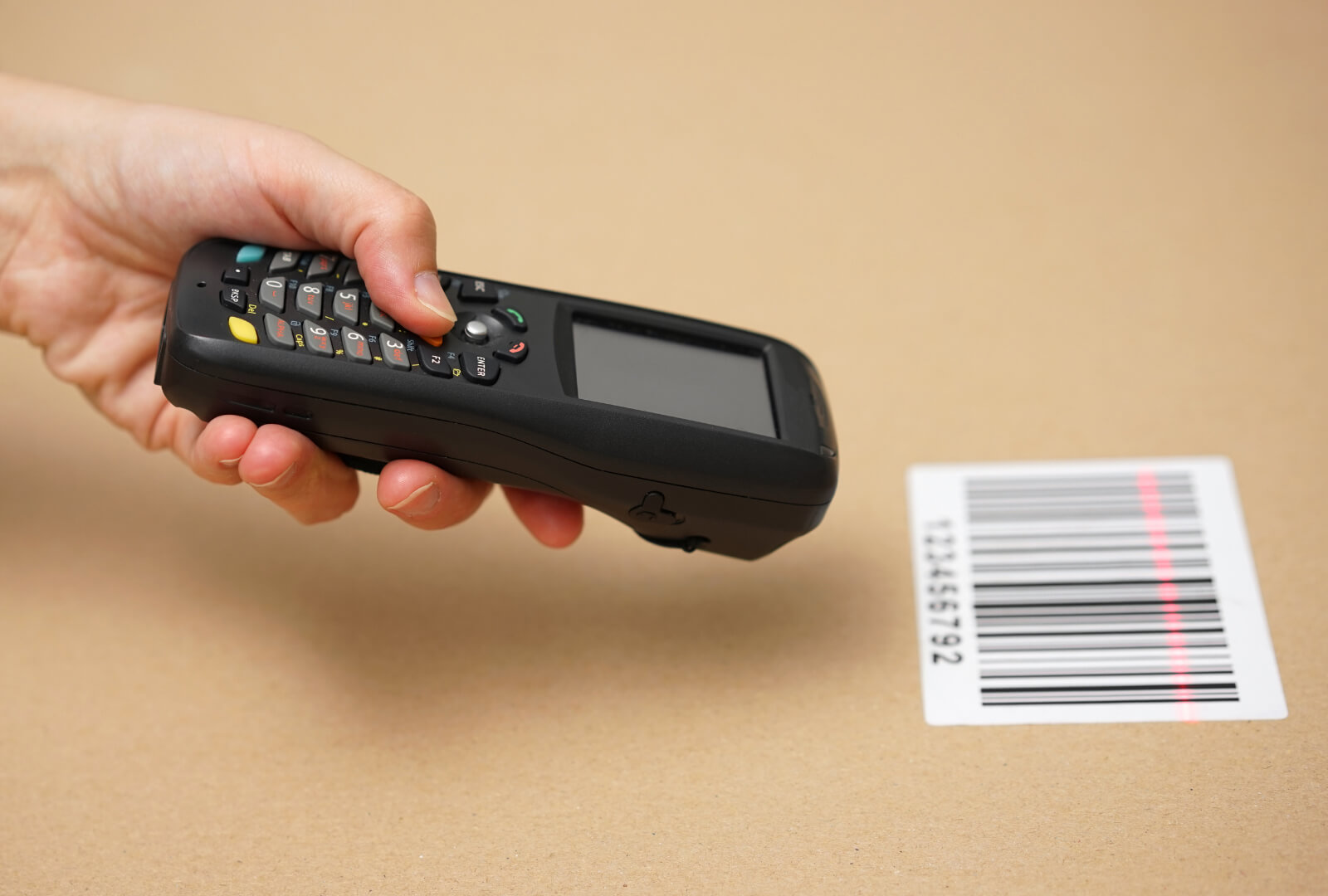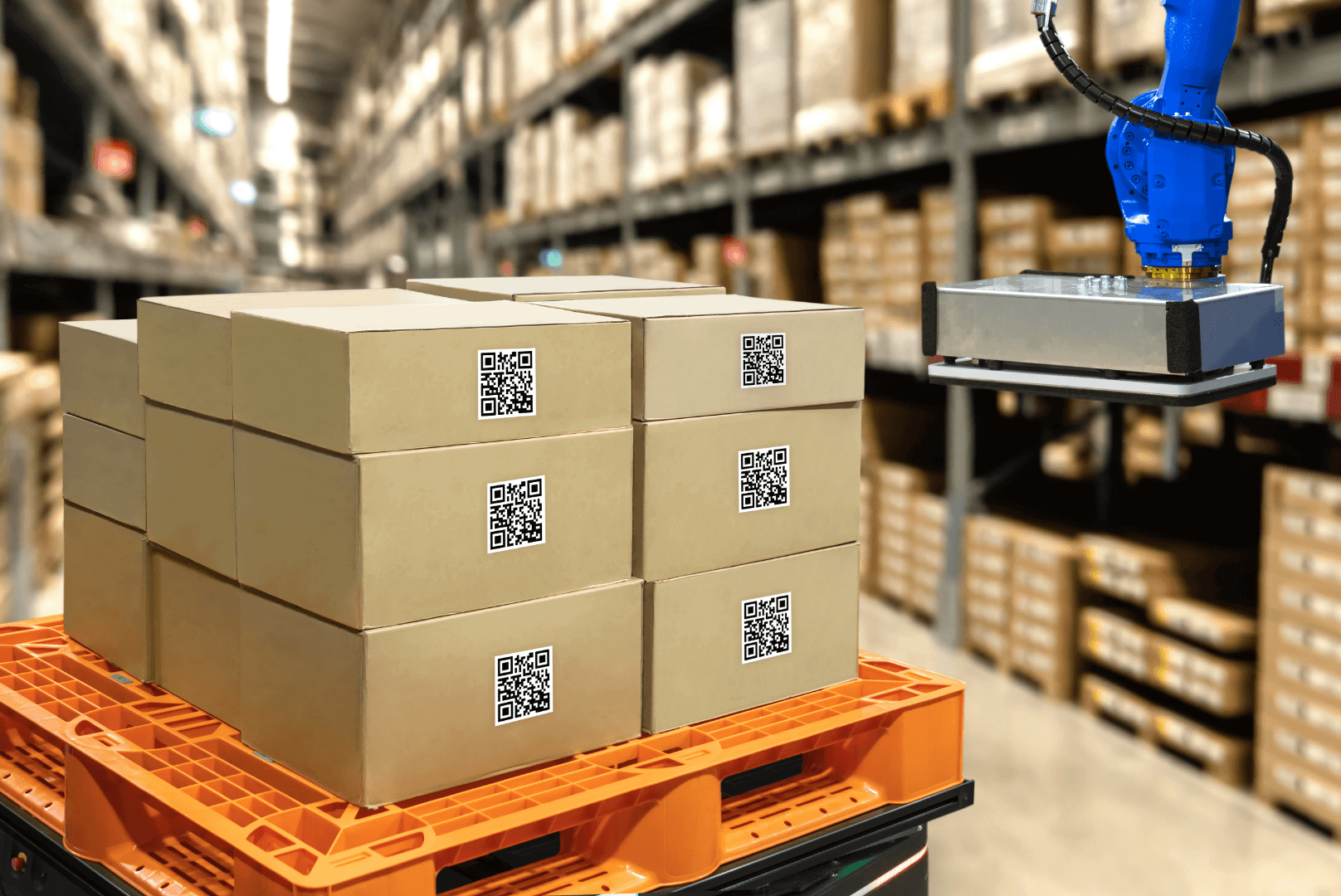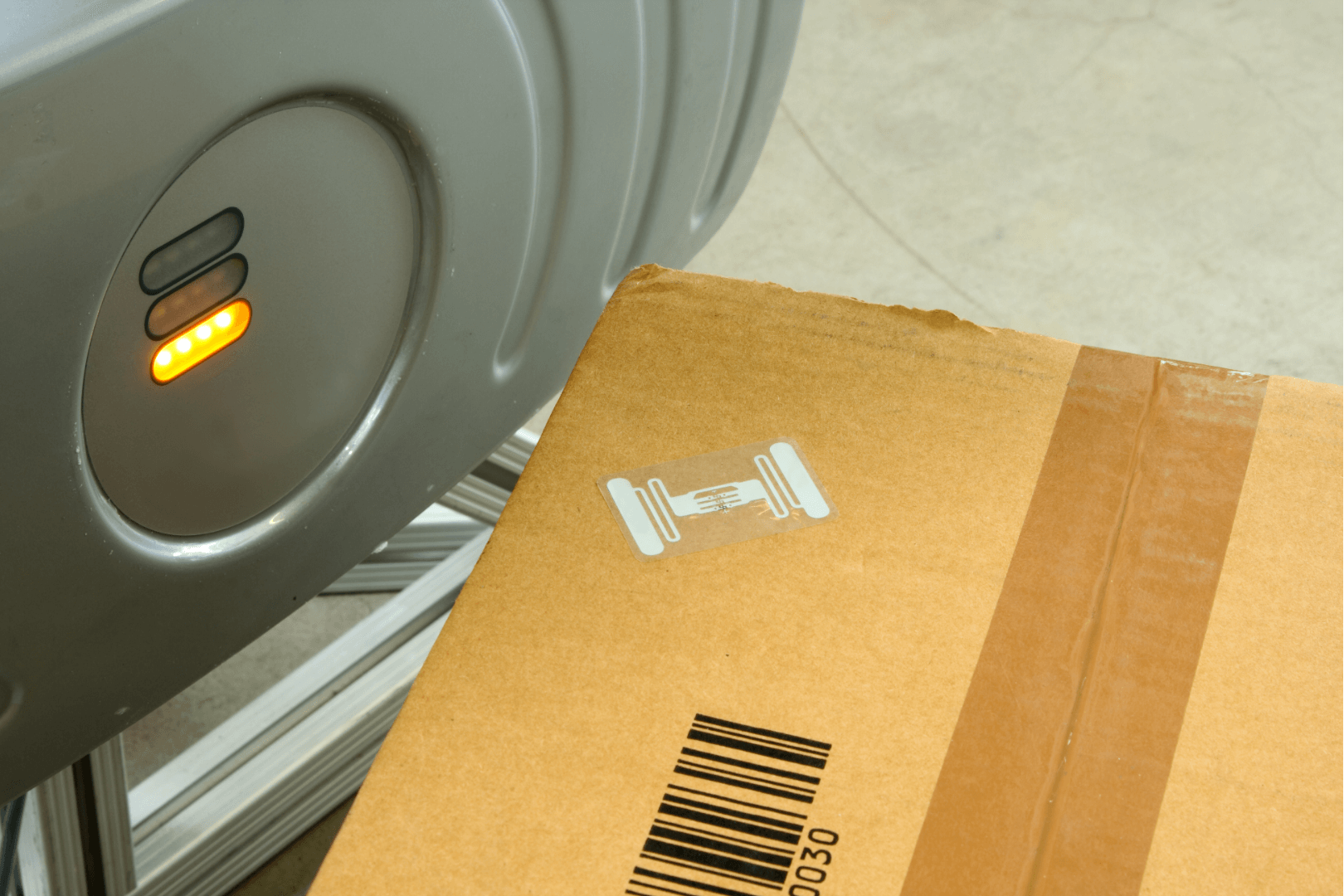What do you want to learn?
When to implement an inventory control system
2 types of inventory control systems
If your company handles physical inventory, implementing an inventory control system is a must. That’s because all too often, inventory control is what stands between your business reaching its goals or losing its customers.
But by implementing a proficient inventory control system, you can reduce human error, increase profitability, get accurate metrics, and guarantee customer satisfaction with every order.
What is an inventory control system?
An inventory control system is a set of processes, tools, and techniques used by businesses to manage and optimize their inventory levels efficiently. It involves tracking stock levels, orders, sales, and deliveries to optimize inventory levels and ensure efficient operations. The primary goal of an inventory control system is to ensure that a company has the right amount of inventory available at the right time to meet customer demand while minimizing carrying costs and the risk of stockouts (running out of products).
An effective inventory control system helps businesses strike a balance between carrying enough inventory for customer orders and minimizing excess inventory that ties up capital and incurs warehousing costs. By optimizing inventory levels, businesses can improve cash flow, reduce holding costs, enhance customer satisfaction, and maintain a competitive edge in the market.
7 reasons to implement an inventory control system
Inventory control systems are typically a combination of hardware and software-based tools that help businesses manage all of their inventory items. This is especially useful for businesses that run multichannel operations. These systems give retailers the ability to track stock counts, set reorder points, monitor turnover, and more.
The end goal for any successful business is to sell their products, make a profit, and keep their customers happy at the same time. As simple as that may sound, these objectives are near impossible if you don’t properly manage your inventory well. Here are some telltale signs that your business needs to bring on an inventory control system.
Real-time inventory tracking
Inventory control systems track sales patterns and product movement to tell you where your raw materials or finished goods are at any given time. With the support of inventory control systems, your company can easily track inventory levels and keep an accurate record of stock at all times.
These systems tell you exactly how much inventory you have, which products are running low, and what new products to reorder. This becomes particularly important when your business scales and manages inventory across different channels.
Sets reorder points for efficient replenishment
A solid inventory control system will automatically calculate your reorder points for each individual SKU. As sales trends fluctuate, the system will adjust accordingly, and then update reorder points (as needed) to make sure you always have enough stock on hand.
Reports on inventory turnover to inform budget decisions
The inventory turnover ratio informs your company how many times it’s sold and replaced products within a set period of time. An inventory control system delivers powerful reporting on inventory turnover that can influence your purchase order quantities or demand forecasting insights. Having a good pulse on your inventory turnover is useful for cash flow planning and adjusting your budget based on how items are selling.
Automate purchase and reorder inventory
When your company has an inventory control system in place, you can purchase and reorder in a snap. These systems take the guesswork out of when and how much to order, so you can prioritize each SKU, reduce dead stock, and make sure you have the right inventory available.
![]()
The end goal for any successful business is to sell their products, make a profit, and keep their customers happy at the same time. As simple as that may sound, these objectives are near impossible if you don’t properly manage your inventory.
If any of the following are true of your online store, there’s a good chance you’re in need of an inventory control system to elevate your operations.
Optimize the stocking process to reduce over/understocking
Gaining control of your inventory is essential to keeping your supply chain and order fulfillment running smoothly. By using inventory control techniques, you can avoid the pitfalls of both understocking and overstocking, saving you considerable time, inventory costs, and energy down the line.
Streamline order processes in one place
It’s never too late to improve your processes or streamline your operations, especially if you’re without a trusted approach to shipping, receiving, or reordering. Inventory control can quickly automate these functions to prevent the numerous errors associated with manual entry.
Reduce inventory loss
Is your company dealing with inventory loss, but unsure of how to put a stop to it? Inventory control systems reveal oddities in your inventory counts to help you curtail damages, spoilage of perishable goods, or potential theft, thus protecting your profits and securing your bottom line.
How to choose between periodic and perpetual systems
Now that you understand the need for quality control over your inventory (and the numerous benefits it provides), it’s time to explore the two types of inventory control systems available. While periodic and perpetual systems certainly have a lot in common, each offers its own unique features and functionality with different use cases.
Periodic inventory systems
A periodic inventory system does not track inventory on a daily basis, but instead allows companies to check their beginning and ending inventory levels within a designated time period. These systems are designed to track inventory using physical cycle counts. This means, when physical inventory is complete, the balance in the purchases account transfers to the inventory account, and is adjusted to match the cost of the ending inventory.
A periodic approach is best suited to companies that can calculate the cost of ending inventory using LIFO, FIFO, ABC analysis, or their preferred accounting method.
If your company is considering using a periodic system, it’ll be important to remember the beginning inventory is always the end of the previous period’s physical count.
Perpetual inventory systems
A perpetual inventory system, such as Extensiv, is much more flexible than a periodic inventory system. This is because it continually updates your inventory by recording when items are received, sold, moved, picked, and so on. This real-time inventory accounting closely tracks your inventory around the clock, and delivers the most precise, up-to-date information.
Perpetual inventory control does require a little more hardware and often uses barcode scanners in conjunction with supporting software. That said, this offers the most reliable data on all SKUs across all channels.
A perpetual inventory control system is best suited for businesses that have complex inventory operations and manage multiple channels.
Thanks to their built-in automations and ease of use, perpetual systems have really become the standard, go-to platform for modern ecommerce optimization.
3 thins to look for in inventory control systems
As mentioned above, inventory control systems frequently combine hardware and software components to reduce discrepancies and ensure consistent, accurate outcomes. The most common tech used in inventory control include barcodes, QR codes, and RFID systems.
Barcodes

Using barcodes and barcode scanners is an incredibly efficient practice, and can dramatically curb the errors that come with manual processes. When implemented as part of an inventory control system, barcode technology can update inventory automatically, eliminate mistakes with data entry, record transaction histories, and determine minimum levels or reorder quantities.
QR Codes

Quick Response (QR) codes are essentially two-dimensional barcodes that can be read either vertically or horizontally. Similar to barcodes, QR codes are read by machines or mobile devices — however, unlike a one-dimensional barcode, a QR code can hold just over 7,000 digits, meaning they likely offer the fastest and most fine-tuned tracking system.
RFID

Radio Frequency Identification (RFID) systems manage and monitor inventory movements through active or passive technology. Active RFID uses fixed tag readers within its warehouse management, whereas passive RFID requires the use of handheld readers. For this reason, both large and small businesses often use active RFID to leverage real-time tracking.
5 ways Extensiv Order Manager improves inventory control
When it comes to inventory control systems, Extensiv Order Manager remains a respected leader in this field. Extensiv Order Manager’s innovative inventory management software provides retailers with a way to maintain stock control, meet customer demand, and streamline their supply chain management for maximum productivity.
Safety stock configuration
Keeping an adequate amount of safety stock on your shelves is the best way to avoid unnecessary stockouts, delayed shipments, or disappointed customers. Extensiv Order Manager can help any company configure its unique safety stock levels, so you never have to worry about changes in lead times, sales trends, or overall demand.
Locked inventory
Inventory locks are controls that ensure certain products are not shipped out of a warehouse (like those you need to set aside for subscriptions or promotions). With Extensiv Order Manager, you can apply locked inventory fields to whichever SKUs you need, to prevent those units from accidentally selling and causing some major problems with fulfillment.
Reorder point
Establishing your reorder point is a vital piece of the inventory management puzzle, as doing so saves holding costs and prevents stockouts, overstocking, and lost sales. Extensiv Order Manager’s inventory controls can calculate reorder points for every SKU in your catalog, and will automatically update those numbers if and when changes occur.
Dropshippipping capabilities
There’s a chance your brand will need dropshipping options in the event you do run out of stock, since backorders tend to lower customer satisfaction and subsequent reviews. Thankfully, Extensiv Order Manager’s inventory control software enables dropship automations that can serve as your backup plan, minimize your backorder rate, and keep everything running on schedule.
Channel allocation
Channel allocation allows your company to limit what inventory will show on which channels. When using this allocation with Extensiv Order Manager, you can restrict sales on fast-selling channels to avoid overselling or to create demand that drives sales. In other words, Extensiv Order Manager’s multichannel inventory management system makes it easy to optimize allocation across the board.
Conclusion
Effective inventory control is critical to the health (and growth) of your ecommerce business. Without proper controls, you’re more likely to incur extra carrying costs, fumble with order fulfillment, and let down your customers in the process.
Fortunately, Extensiv Order Manager's inventory control management systems can easily remedy all of these costly and time-consuming issues, and more. By partnering with Extensiv Order Manager, your customers will receive what they want, when they want it — so everybody wins. Schedule a demo with Extensiv today, and start taking control for yourself.








